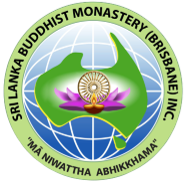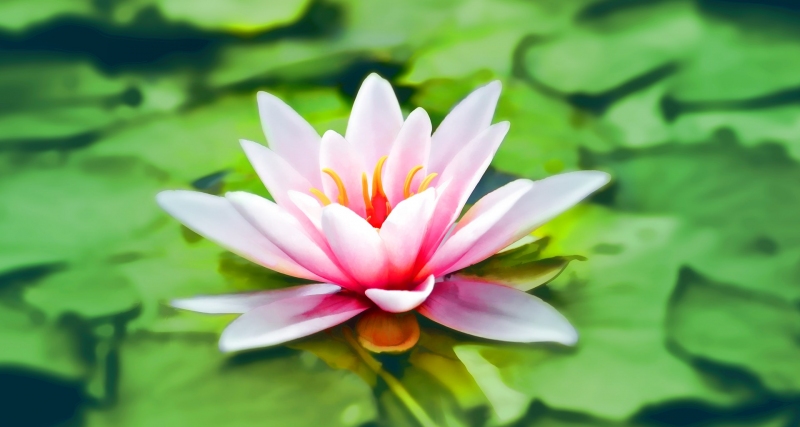
“Wisdom springs from meditation – Without meditation wisdom wanes
Having known these two paths of progress and decline
One should so conduct oneself that wisdom increases” – The Buddha
Meditation is intended to purify the mind. It cleans the thought process of what can be called psychic irritations, things like greed, hatred and jealousy, things that keep you snarled up in emotional bondage. It brings the mind to a state of tranquillity and awareness, a state of concentration and insight.
The Buddha explained that our mind is constantly influenced by the three roots of malevolent, called, greed, anger (ill will or hatred) and delusion (ignorance of reality). When any of these roots are present in us, our mind can be influenced by imaginations rooted by these defilements that can give us a false view of reality. Meditation helps us to realize the true nature of this wild mind and aims at purifying the mind with the negative thoughts and disturbances that arise in our mind. such as: greed, hatred, laziness, worry and doubt.
There are two kinds of meditation techniques taught by the Buddha. Tranquillity or Samatha. Samatha refers to the calmness we experience by controlling and reducing the rising of mental impurities. Samatha, calm or tranquillity meditation leads to Janas (absorption) and Abhinna (physic super-normal powers).
Samatha mediation is concerned with producing a one-pointed mind. One pointedness is gained through a concentrated state in which all the faculties and mental power are directed towards one object.
A calm mind is necessary to have a deep look into oneself and to have a deep understanding of oneself and the world. If we train our mind in this manner, we will gain calmness and tranquillity and will also be able to concentrate our mind to one point. This helps to stop the mind from frittering away and wasting its useful energy.
Once our mind is calmed, through the development of Vipasana or Insight meditation, we can analyse almost every component thing and then, understand its true nature. Vipassana bhawana leads to insight wisdom and Nibbana. Vipasana is an insight to the true nature of things and seeing things as they are. Insight meditation is mental training for penetrative understanding of the “Three Characteristics of Existence” (Ti lakkhana) namely impermanence, misery and non-substantiality (anicca, dukka and anatta).
In the Satipatthana Sutra, (No 22 of the Digha Nikaya & No10 of the Majjima Nikaya), the Buddha offers the most simple and effective method of training the mind. The ways of ‘Meditation’ given in this discourse are not to cut off from life, nor they avoid life. They are all connected with our life, our daily activities, our sorrows and joys, our words and thoughts, our moral and intellectual occupations. The discourse is divided into four main sections: dealing with our body (kaya), Our feelings and sensations (vedana), with mind (citta), and the various moral and intellectual subjects (dhamma). This can be useful in assisting to meet daily tasks and to achieve high aims and liberation. You can use this method anywhere and anytime, whether it be in a busy office, noisy school or even in a quiet place.
The outcome of meditation is a personal transformation that changers your character by a process of sensitization, by making you deeply aware of your own thoughts, words and deeds. Your ignorance evaporates and your antagonism dries up. Your mind becomes still and calm. And your life smooths out. Thus, meditation properly performed prepares you to meet the ups and downs of existence. It reduces your tension, your fear, and your worry. Restlessness recedes and passion moderates. Things begin to fall into place and your life becomes a glide instead of a struggle. All of this happens through understanding.
One should keep in mind that with whatever the form of meditation one does, the essential thing is mindfulness or awareness (sati), attention or observation (anupassana).
Tags: inspirationmeditation


